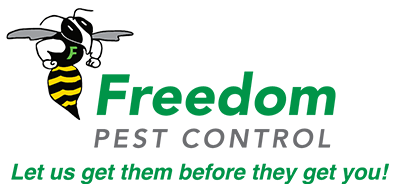The preservation of existing regular adversaries in a climate is the third strategy for organic vermin control. Regular foes are now adjusted to the environment and the objective bug, and their protection can be straightforward and savvy, as when nectar-creating crop plants are filled in the boundaries of rice fields. These give nectar to help parasitoids and hunters of planthopper bugs and be so powerful (diminishing irritation densities by 10-or even 100-overlay) that ranchers splashed 70% fewer bug sprays and appreciated yields supported by 5%. Predators of aphids were correspondingly observed to be available in tussock grasses by field limit fences in England, however, they spread also leisurely to arrive at the focuses of fields. Pest Control Southend was improved by establishing a meter-wide portion of tussock grasses in field habitats, empowering aphid hunters to overwinter there.

Trimming frameworks can be changed to support normal foes, training some of the time alluded to as environment control. Giving an appropriate living space, like a shelterbelt, hedgerow, or scarab bank where advantageous creepy crawlies, for example, parasitoidal wasps can live and repeat, can assist with guaranteeing the endurance of populaces of regular adversaries. Things as basic as leaving a layer of fallen leaves or mulch set up gives a reasonable food source to worms and gives a haven to creepy crawlies, thus being a food hotspot for such valuable warm-blooded animals like hedgehogs and vixens. Fertilizer heaps and piles of wood can give sanctuary to spineless creatures and little vertebrates. Long grass and lakes support creatures of land and water. Not eliminating dead annuals and non-strong plants in the harvest time permit bugs to utilize their empty stems during winter. In California, prune trees are now and then planted in grape plantations to give improved overwintering natural surroundings or asylum for a key grape bug parasitoid. The giving of counterfeit asylums as wooden coffins, boxes, or vases is likewise now and again attempted, especially in gardens, to make a trimmed region more alluring to regular foes. For instance, earwigs are regular hunters that can be empowered in gardens by hanging topsy turvy vases loaded up with straw or wood fleece. Green lacewings can be energized by utilizing plastic jugs with an open base and a roll of cardboard inside. Bird enclosures empower insectivorous birds to settle; the most valuable birds can be drawn in by picking an opening sufficiently huge for the ideal species.
In cotton creation, the supplanting of the wide range of insect poisons with particular control measures, for example, Bt cotton can establish a more great climate for regular foes of cotton bothers because of diminished insect poison openness hazard. Such hunters or parasitoids can handle bugs not influenced by the Bt protein. Diminished prey quality and bounty-related expanded control from Bt cotton can likewise by implication decline normal foe populaces now and again, however, the level of vermin eaten or parasitized in Bt and non-Bt cotton are frequently comparative.
Hence, they will attempt to add to protect the normal biodiversity in the rural climate and give regular options in contrast to compound pesticides. We focus here on the impacts of traditionalist natural control on NE biodiversity and the neatness of climate.
This part targets examining a proposed technique for more productive preservation organic control containing three primary practices:
- Assortment of normal adversaries before the finish of yield season.
- Conservation of gathered normal adversaries in unique nurseries during non-crop periods
- Delivering the safeguarded normal foes on track crops in the following developing season.
